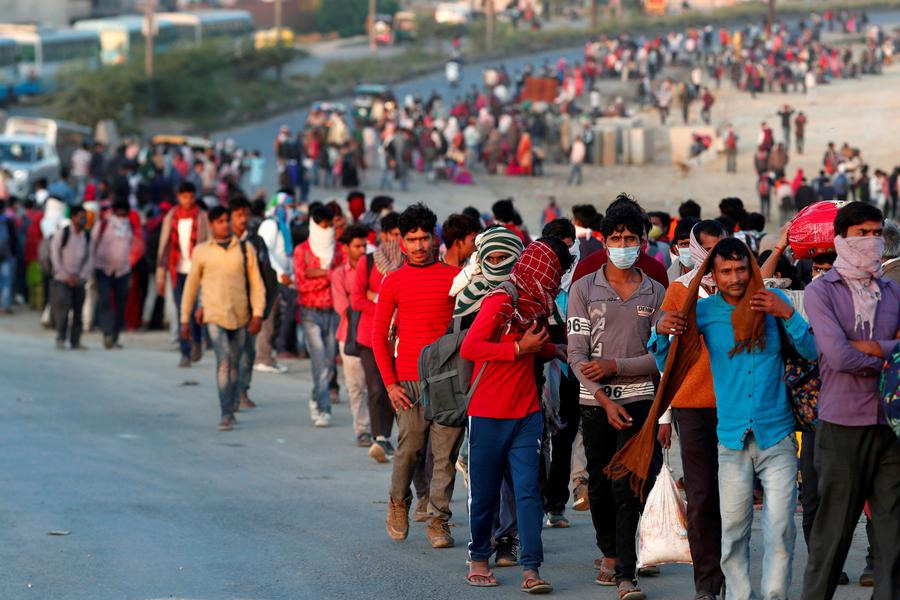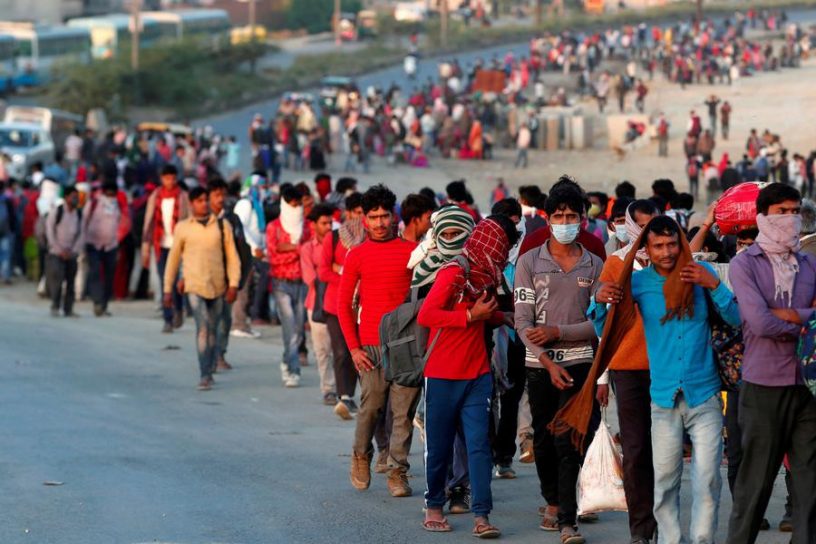
The Supreme Court has examined the migrant issue as a matter of humanitarian concern rather than as a case involving statutory and fundamental rights of citizens.
Author
Anuj Bhuwania, Professor, Jindal Global Law School, O.P. Jindal Global University, Sonipat, Haryana, India.
Summary
There has been a great deal of critical commentary regarding the Supreme Court’s reluctant engagement with the migrant crisis caused by the government imposed lockdown—initially trying to avoid involvement, followed by its belated intervention through a suo motu public interest litigation (PIL).
There are two assumptions underlying this criticism. First, that the intervention should have been at the level of the Supreme Court. Second, the intervention would necessarily take the form of a PIL to alleviate the suffering of the millions of stranded migrants. Both assumptions are worth examining.
The tendency to view the Supreme Court as the prime and preferred locus for judicial intervention for all public issues has taken on alarming proportions in recent times. At one level, this is another symptom of the centralisation of our political imagination.
As the locus of power in Indian politics has increasingly moved to the centre in the last few years, the high courts too have been gradually sidelined, with any issue of import being moved directly at the Supreme Court or transferred there, often at the behest of the central government.
But it is also partly due to the outsized importance of the Supreme Court Bar, thriving in the disproportionate media attention it attracts. During the migrant crisis, many High Courts did intervene and passed significant orders (here, here and here) against state (in)action.
However, we have got so used to the Supreme Court presence in public policy that until it intervened, it felt like there had not been any serious judicial involvement.
Published in: Article14.com
To read the full article, please click here.


